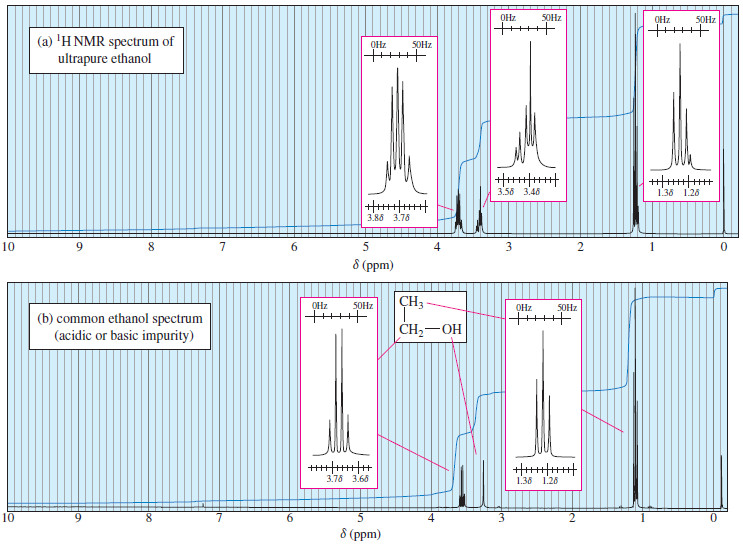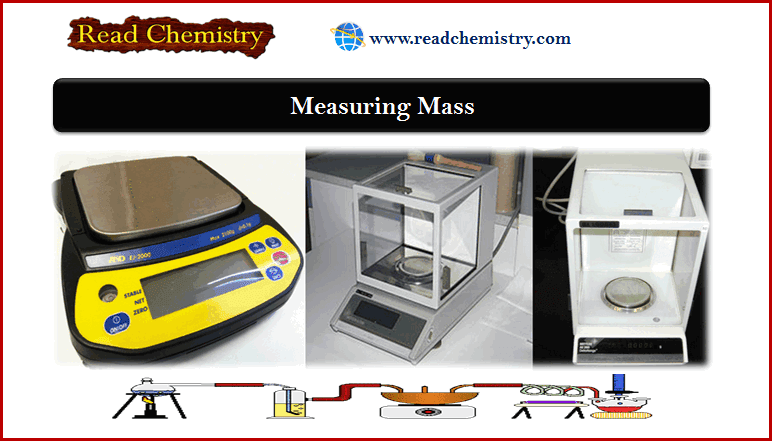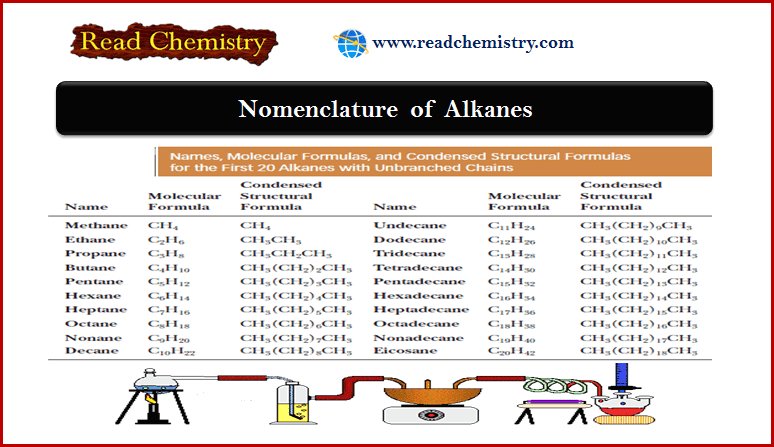Safety in the laboratory
– In this subject, we will discuss the Safety in the laboratory
Safety in The Laboratory
– There is necessarily a degree of risk associated with any work in a chemical laboratory.
– Accidents can and do happen.
– Strict adherence to the following rules will go far toward preventing (or minimizing the effect of ) accidents:
(1) Before you begin work in any laboratory, learn the location of the nearest eye fountain, fire blanket, shower, and fire extinguisher.
– Learn the proper use of each, and do not hesitate to use this equipment if the need arises.
(2) Wear eye protection at all times.
– The potential for serious and perhaps permanent eye injury makes it mandatory that adequate eye protection be worn at all times by students, instructors, and visitors.
– Eye protection should be donned before entering the laboratory and should be used continuously until it is time to leave.
– Serious eye injuries have occurred to people performing such innocuous tasks as computing or writing in a laboratory notebook.
– Incidents such as these usually result from someone else’s loss of control over an experiment.
– Regular prescription glasses are not adequate substitutes for eye protection approved by the Office of Safety and Health Administration (OSHA).
– Contact lenses should never be used in the laboratory because laboratory fumes may react with them and have a harmful effect on the eyes.
(3) Most of the chemicals in a laboratory are toxic, some are very toxic, and some— such as concentrated solutions of acids and bases—are highly corrosive.
– Avoid contact between these liquids and the skin.
– In the event of such contact, immediately flood the affected area with large quantities of water.
– If a corrosive solution is spilled on clothing, remove the garment immediately.
– Time is of the essence, so do not be concerned about modesty.
(4) Never perform an unauthorized experiment.
– Unauthorized experiments are grounds for disqualification at many institutions.
(5) Never work alone in the laboratory.
– Always be certain that someone is within earshot.
(6) Never bring food or beverages into the laboratory.
– NEVER drink from laboratory glassware.
– NEVER smoke in the laboratory.
(7) Always use a bulb or other device to draw liquids into a pipet.
– NEVER pipet by mouth.
(8) Wear adequate foot covering (no sandals).
– Confine long hair with a net.
– A laboratory coat or apron will provide some protection and may be required.
(9) Be extremely tentative in touching objects that have been heated because hot glass looks exactly like cold glass.
(10) Always fire-polish the ends of freshly cut glass tubing.
– NEVER attempt to force glass tubing through the hole of a stopper.
– Instead, make sure that both the tubing and hole are wet with soapy water.
– Protect your hands with several layers of towel while inserting glass into a stopper.
(11) Use fume hoods whenever toxic or noxious gases are likely to be evolved.
– Be cautious in testing for odors.
– Use your hand to waft vapors above containers toward your nose.
(12) Notify your instructor immediately in the event of an injury.
(13) Dispose of solutions and chemicals as instructed.
– It is illegal to flush solutions containing heavy metal ions or organic liquids down the drain in most localities.
– Alternative arrangements are required for the disposal of such liquids
Reference: Safety in the laboratory- Fundamentals of analytical chemistry / Douglas A. Skoog, Donald M. West, F. James Holler, Stanley R. Crouch. (ninth edition), 2014. USA







